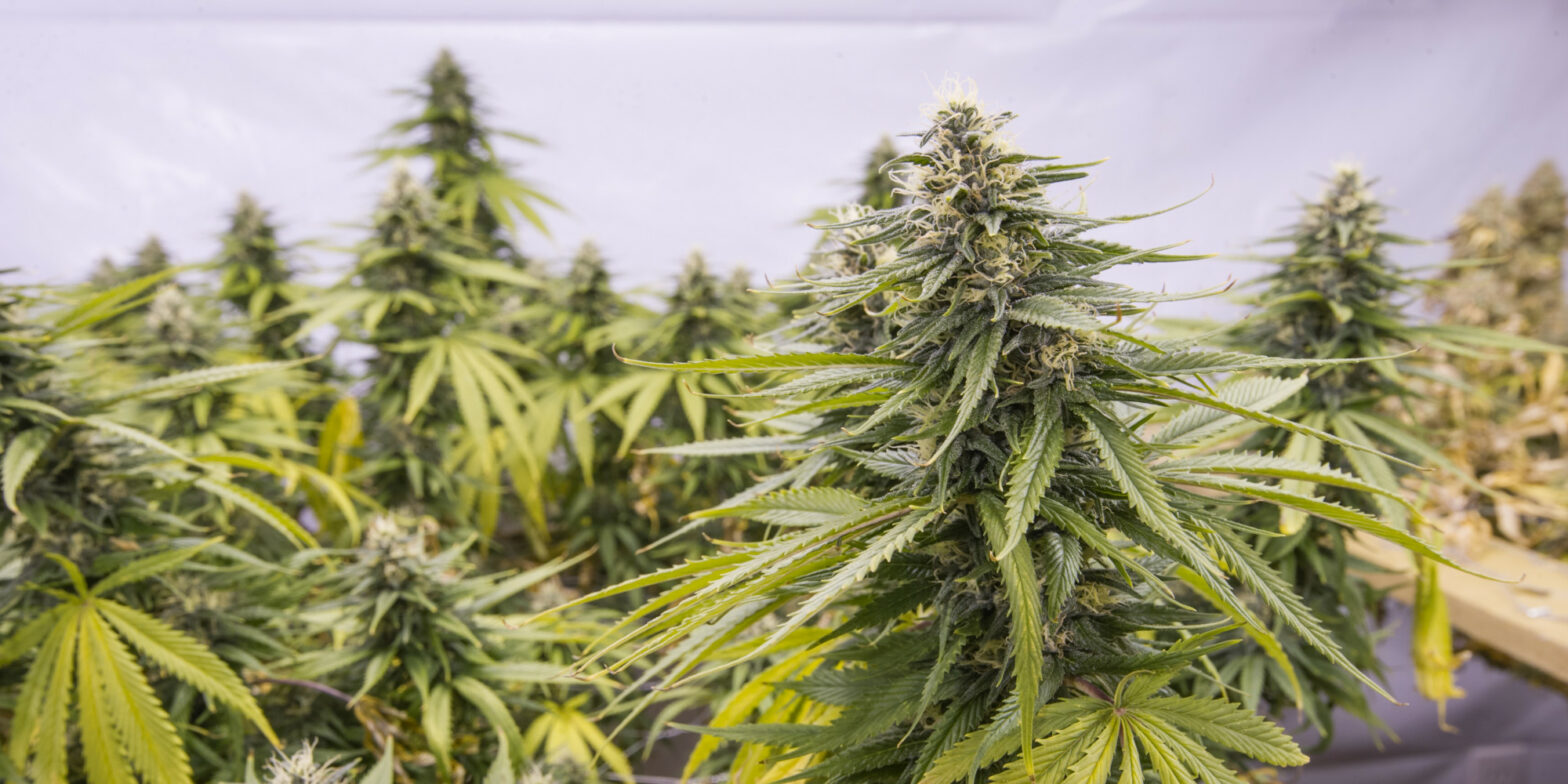Introduction
In recent years, the world of cannabis has expanded significantly, offering enthusiasts and medicinal users a wide variety of strains to explore. One such strain that has gained attention and popularity is Lovelace. Known for its unique characteristics, Lovelace is a cannabis strain that offers a distinct flavor profile, aroma, and effects. This comprehensive guide aims to provide an in-depth exploration of Lovelace, covering its origins, genetic lineage, appearance, aroma, flavor, effects, medical benefits, cultivation tips, and potential side effects.
Origins and Genetic Lineage
Lovelace marijuana strain is the result of careful breeding and genetic selection. While the exact origins may vary, Lovelace is typically considered a hybrid strain, combining the genetics of different cannabis varieties. The specific genetic lineage of Lovelace may include a mix of Indica, Sativa, and possibly other hybrid strains, depending on the breeder and the specific phenotype.
Appearance
Lovelace buds are known for their visual appeal. They often showcase dense, compact nugs with vibrant colors. The flowers can range from light to dark green, often accompanied by patches of purple or orange. Lovelace buds are typically coated in a layer of trichomes, giving them a frosty and resinous appearance.
Aroma
Lovelace possesses a distinct and pungent aroma that captures the attention of many cannabis enthusiasts. The scent profile can vary slightly depending on the phenotype, but it often features a combination of fruity, earthy, and floral notes. Some common descriptors for Lovelace’s aroma include hints of citrus, berry, pine, and a subtle undertone of sweetness.
Flavor
When it comes to flavor, Lovelace offers a delightful experience for cannabis connoisseurs. The taste profile can be described as complex, combining various elements that complement the strain’s aroma. Users may detect flavors of berries, tropical fruits, and citrus, along with undertones of spice and earthiness. The smooth and flavorful smoke or vapor of Lovelace contributes to its overall appeal.
Effects
Lovelace provides users with a well-balanced combination of physical and cerebral effects. As a hybrid strain, it can have varying effects depending on the specific phenotype and individual tolerance. Generally, Lovelace is known to induce a sense of relaxation, euphoria, and uplifted mood. It may also promote creativity, focus, and sociability. Users may experience a gentle body high that allows for relaxation without sedation.
Medical Benefits
Like many cannabis strains, Lovelace also offers potential therapeutic benefits. Some of the commonly reported medical benefits associated with Lovelace include:
- Stress relief: Lovelace’s calming effects can help reduce stress and anxiety.
- Pain management: The strain’s analgesic properties may offer relief from various types of pain, including chronic pain and migraines.
- Mood enhancement: Lovelace’s uplifting effects can help combat symptoms of depression and improve overall mood.
- Appetite stimulation: Lovelace may be useful for individuals experiencing appetite loss or suppressed appetite due to medical conditions or treatments like chemotherapy.
- Sleep aid: Some users find Lovelace helpful in promoting relaxation and sleep, making it potentially beneficial for those with insomnia or sleep disorders.
Cultivation
If you’re interested in cultivating Lovelace, here are some cultivation tips to consider:
- Climate and environment: Lovelace can thrive both indoors and outdoors. It generally prefers a warm, Mediterranean climate with a temperature range of 68-80°F (20-27°C).
- Growing medium: Lovelace responds well to various growing mediums, including soil, coco coir, and hydroponics. Ensure good drainage and proper aeration for healthy root development.
- Lighting: Provide ample light during the vegetative and flowering stages. If growing indoors, consider using high-quality LED grow lights or HID lamps to maximize yields.
- Nutrients: Use a balanced nutrient regimen and monitor pH levels to ensure optimal nutrient uptake. Organic or mineral-based nutrients can be used depending on your preferred cultivation method.
- Pruning and training: Lovelace can benefit from pruning to improve air circulation and light penetration. Training techniques like topping and low-stress training (LST) can enhance yields and manage plant height.
- Flowering time: Lovelace typically has a flowering time of 8-10 weeks. Outdoor harvest usually occurs in late September to early October.
Potential Side Effects
While Lovelace is generally well-tolerated by most users, it’s essential to be aware of potential side effects. Some possible side effects may include dry mouth, dry eyes, dizziness, and in rare cases, anxiety or paranoia. It’s crucial to start with a low dosage and gradually increase as needed to minimize the risk of adverse effects.
Conclusion
Lovelace marijuana strain is an intriguing hybrid that offers a delightful combination of flavors, aromas, and effects. Whether you’re seeking relaxation, creative stimulation, or potential therapeutic benefits, Lovelace has something to offer. Remember to source your Lovelace from reputable suppliers and adhere to local laws and regulations regarding cannabis use. Whether you’re a recreational user or seeking its medicinal properties, Lovelace is a strain worth exploring for a well-rounded cannabis experience.
- The Ultimate Vegan CBD Product A Comprehensive Review By Golden Goat CBD - April 11, 2024
- Lovelace Marijuana Strain - September 15, 2023
- Benefits of THC-P TINCTURE - July 19, 2023

